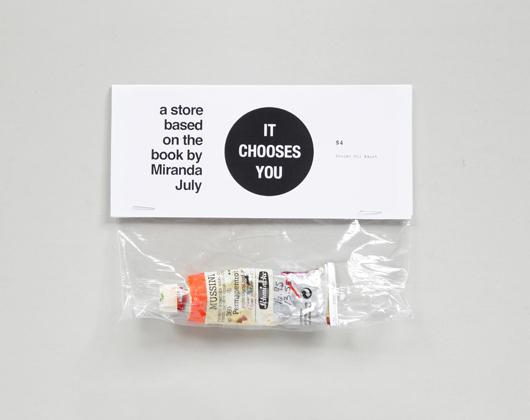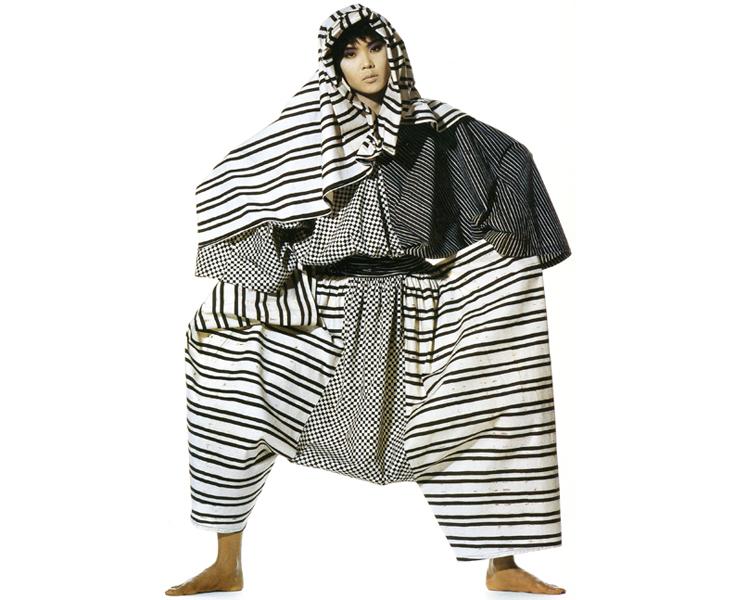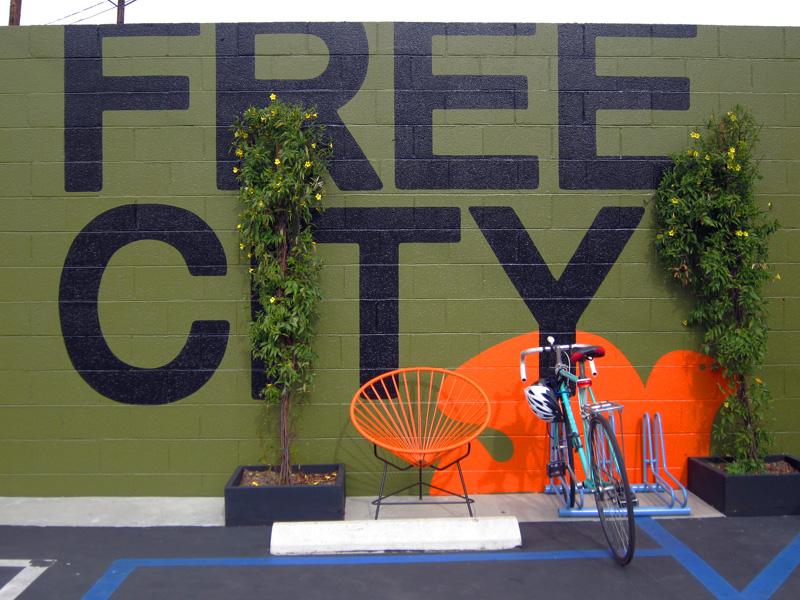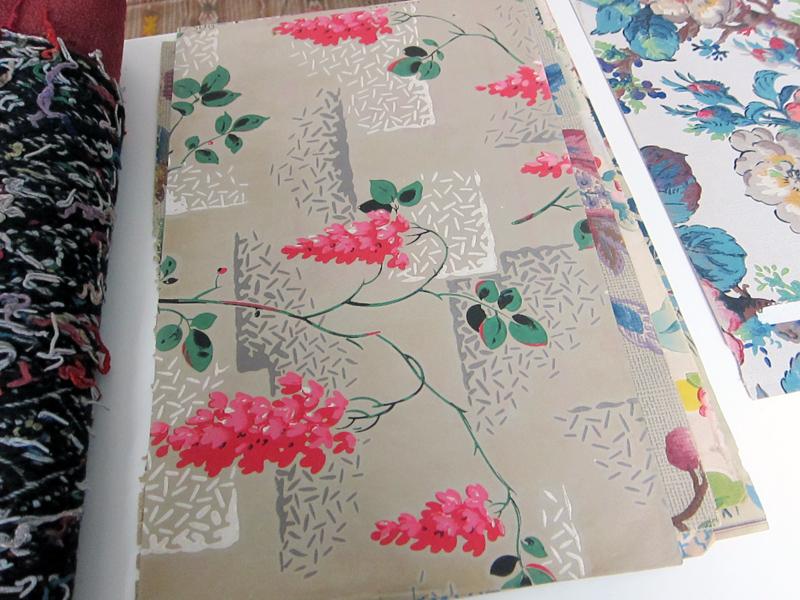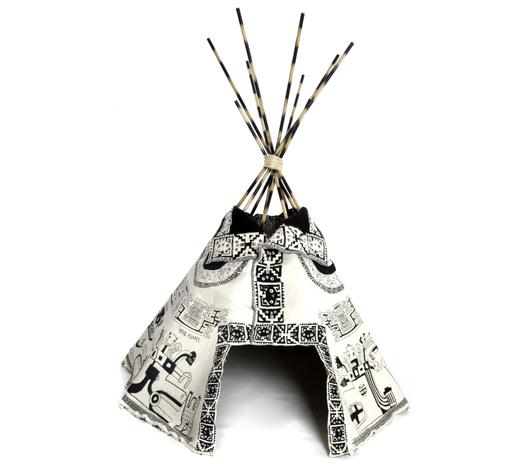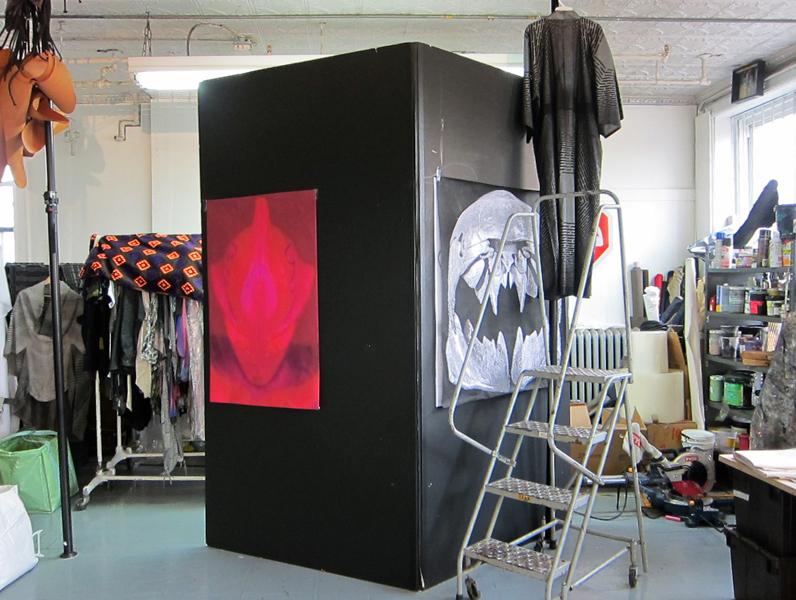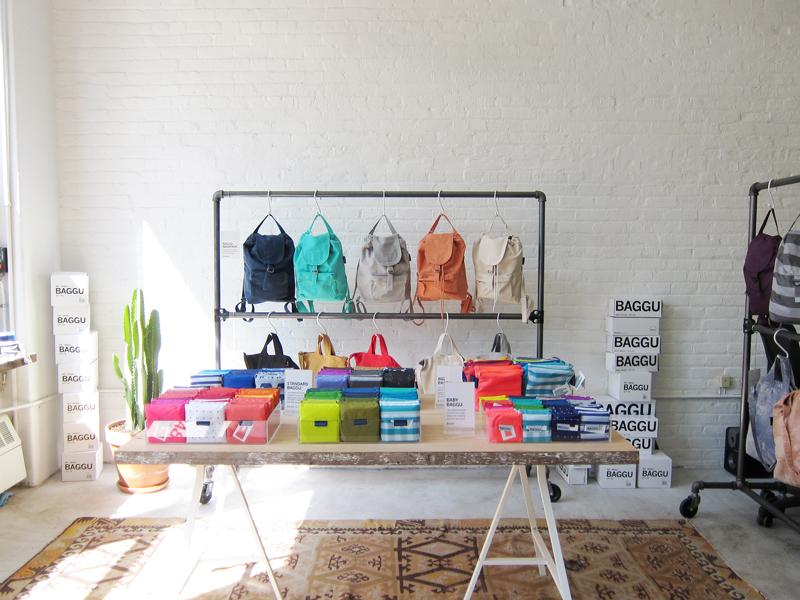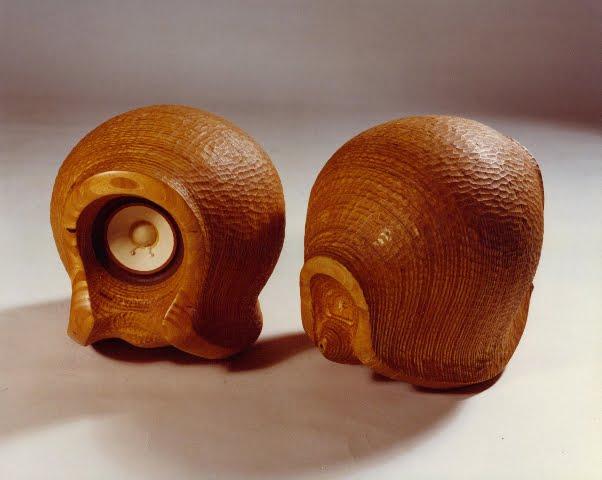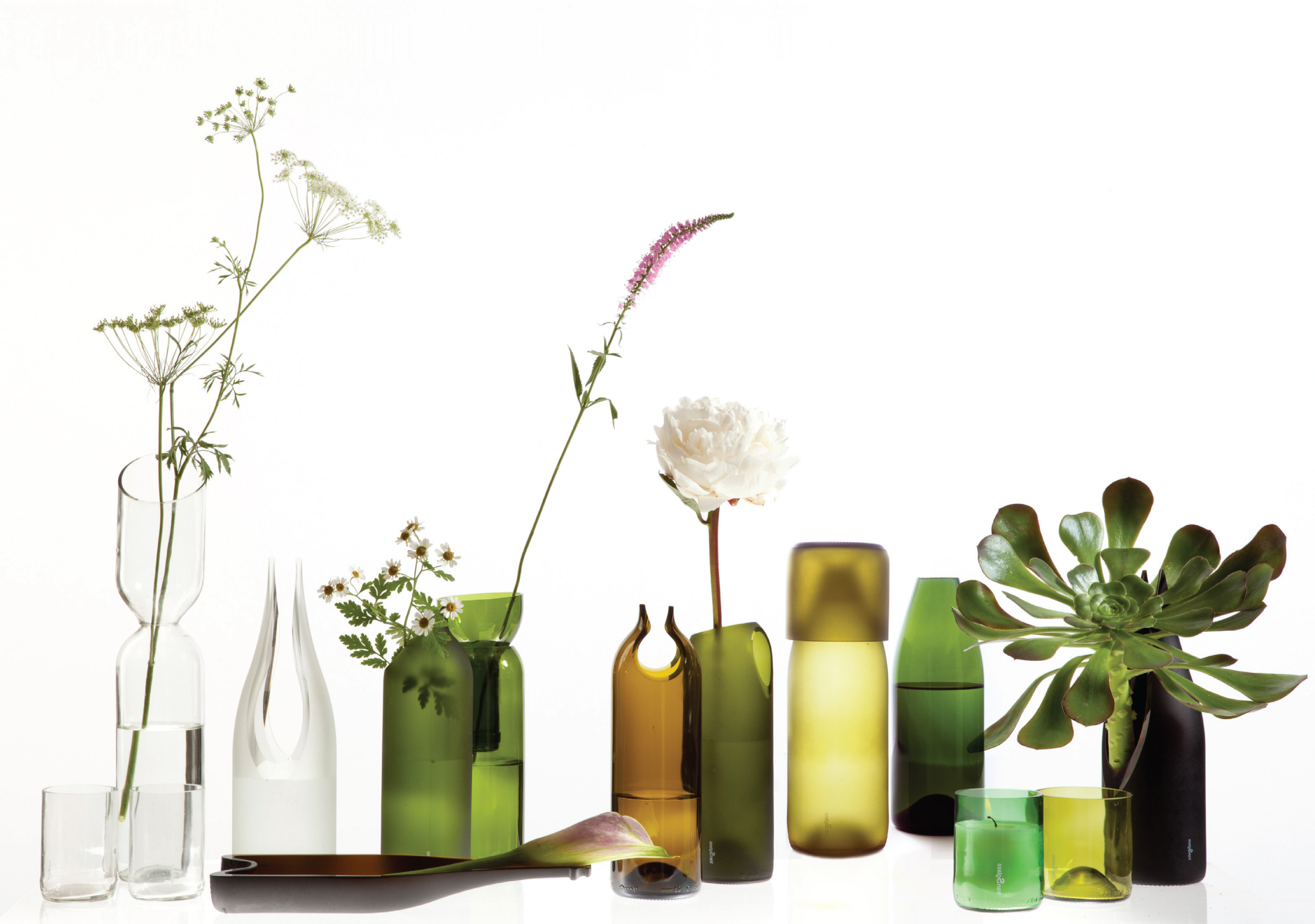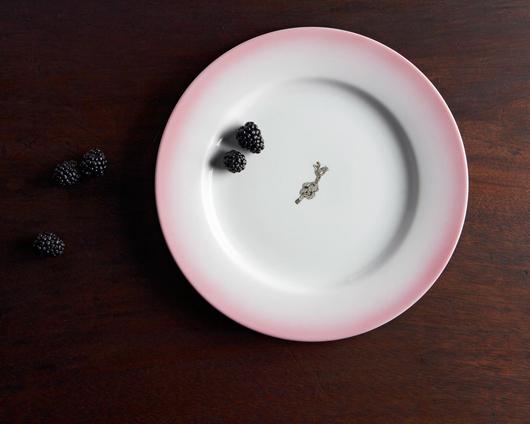
02.06.12
Sighted
Jason Miller’s Big Fade Dishes
If you haven’t been on the hunt lately for info about his iconic Antler Chandelier or Duct Tape Chair — or the trio of designs he’s contributed to his own lighting label, Roll & Hill — you might not have noticed that Jason Miller quietly updated his personal website last week, adding e-commerce and setting the stage for what he calls “Jason Miller Studio 2.0.” It’s been two years since Roll & Hill’s splashy New York launch, after all, and while Miller is still tethered to his growing company, he’s slowly begun finding the time to get back to his own independent projects. Hence the new site: “The idea was to take the emphasis off some things I thought were either dated or that I changed my opinion of slightly, and to refocus it on what I’m currently doing and plan on doing for next three or four or five years,” Miller says. One of those current projects is a new series of plates inspired by his recent trip to an airbrushing stand in Miami, where he bought his daughter a t-shirt featuring palm trees and rainbows. Miller told us the full story behind his Big Fade dishes here.
